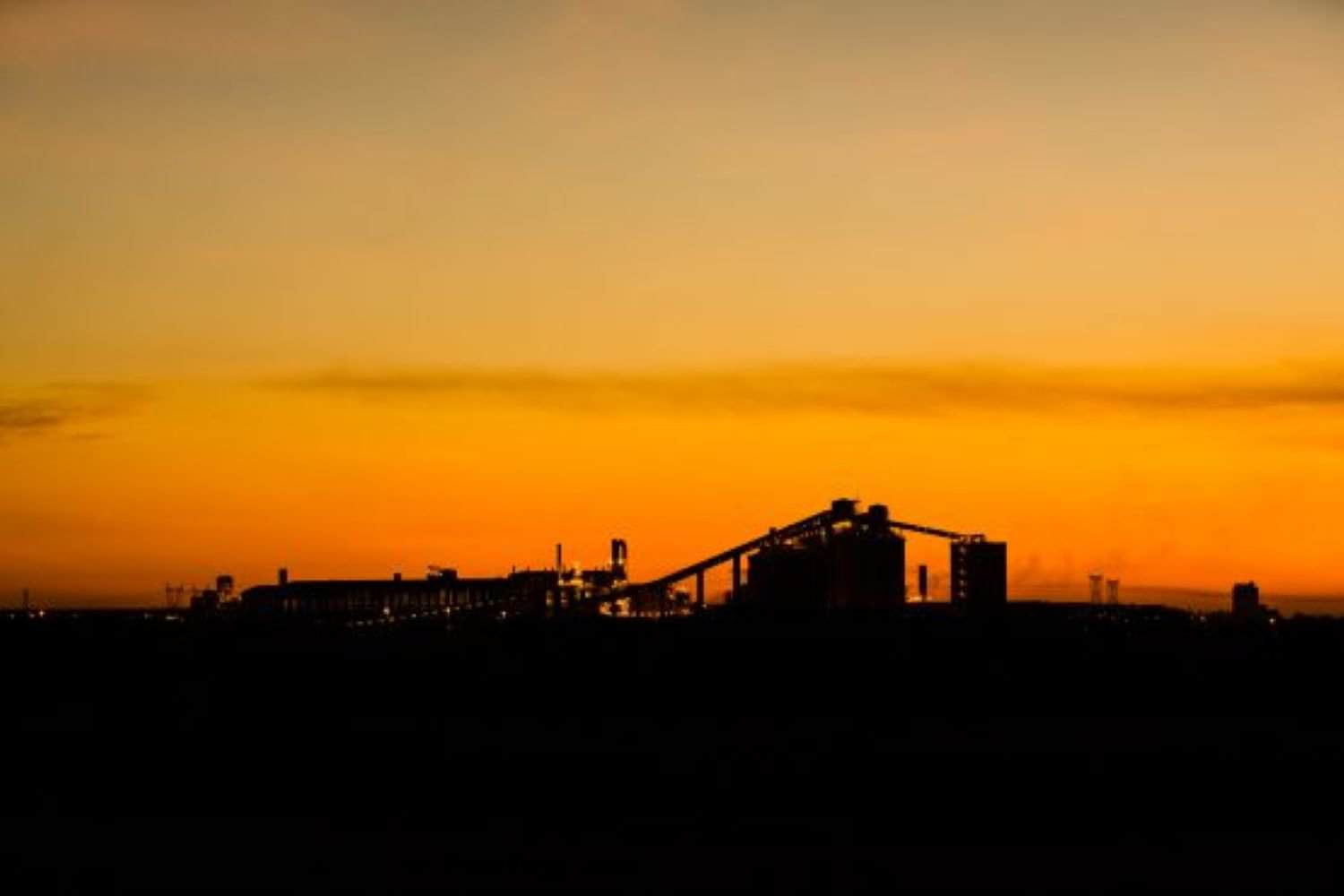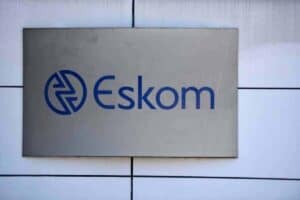Among them is South32, which owns the KZN Hillside aluminium smelter. It’s 2025 discount could subsidise electricity costs of nearly 700 000 households.

A recent investigation by Open Secrets laid bare the sweetheart deal that allows South32’s Hillside aluminium smelter in KwaZulu-Natal to consume about 6% of Eskom’s electricity output – while paying roughly half the normal tariff.
That figure rises to nearly 9% when South32’s Mozal smelter in Mozambique is added to the picture.
The extent of the discount enjoyed by South32 is outlined in a negotiated pricing agreement (NPA) recently disclosed by Eskom to Open Secrets.
“The energy consumed by Hillside is equivalent to approximately six large ferrochrome smelters. The consumption is an equivalent of 1 300GWh (gigawatt hours),” according to the NPA with Eskom.
A calculation by the Democratic Alliance spokesperson on electricity and energy, Kevin Mileham, shows 17.27% of Eskom’s electricity is consumed through these NPAs or via international sales. “What is shocking is that this 17.27% only generates 8.5% of Eskom’s revenue from the sale of electricity,” he says.
Based on this calculation, a few energy-intensive consumers are paying roughly half of what the rest of the country pays.
While the National Energy Regulator of South Africa (Nersa) recently approved a 24.3% tariff hike over the next three years, South32’s NPA guarantees it producer price inflation (running at about 1% this year) plus 1.25%. The agreement allows Eskom to shut off its power for a maximum of two hours at a time for up to 104 hours a year.
ALSO READ: 30% electricity tariff increase is a reality, says Erasa
Mileham welcomes the recent announcement by electricity and Energy Minister Kgosientsho Ramokgopa that a review of electricity pricing policy is now a priority.
“We have to look at these NPAs and find out whether they are beneficial for the country as a whole,” said Mileham.
One customer knocking on the door for a better electricity pricing deal is ArcelorMittal SA (Amsa), which has been vocal about the 835% increase in its electricity tariff increase over the last decade. This hike has been a major contributor to its financial woes and the R5.1 billion headline loss reported for the 2024 financial year.
The government is dangling all sorts of carrots to stop its threatened shut down of its long-steel plants, and a preferential electricity tariff is one of the carrots being considered.
Regulated prices charged by government-owned entities such as Eskom and Transnet are running at an average inflation rate of 9.7% – well above the rest of the economy, which is at about 4.5%.
The SA Reserve Bank wants to set an inflation target of 3%, but achieving this will require getting these regulated prices under some sort of control.
ALSO READ: Nersa’s municipal tariff process flawed, says Sapoa
Good deal or not?
Responding to Moneyweb’s request for comment, South32 points to Hillside’s significant contribution to SA’s economy in employing 2 300 people directly and a further 27 400 indirectly.
“It has played a key role in South Africa’s domestic aluminium industry as a supplier to local companies that manufacture products for sale domestically and abroad.
“Hillside plays an important role in keeping the South African electricity grid stable and helps to manage load shedding through the suspension of power to potlines at critical times. Despite limited loadshedding across South Africa during the past year, suspension of power to potlines at Hillside has continued during this period in order to support Eskom in managing South Africa’s electricity grid,” says a spokesperson for South32 (see the full response below*).
Hillside’s initial preferential tariff was linked to the London Metal Exchange price for aluminium and the US dollar-rand exchange rate, and dates back to the 1990s, when Eskom had surplus power. Then, it was only too happy to sign up a large anchor consumer capable of absorbing some of this surplus power, but – despite warnings from Eskom and others of a looming power shortage – government sat on its hands until forced to green-light the grossly over-priced and seriously delayed Medupi and Kusile power stations in the late 2000s.
A new agreement was signed with South32 in 2021, the details of which remained a secret until recently. Hillside was formerly owned by BHP and acquired by South32 in 2015 as part of BHP’s divestment from SA. The current Hillside contract (2021) does not contain commodity price and exchange rate sharing.
ALSO READ: Grim impact of soaring electricity prices on South Africans revealed
According to Open Secrets, the initial (pre-2021) agreement sparked outrage when it was made public, as it showed former owner BHP was paying only 15% the tariff charged to ordinary consumers. South32 says it is unable to verify this, as Meridian Economics ran the numbers for Open Secrets comparing the Hillside tariffs with the standard “Megaflex” tariff [for large industry and mines].
Meridian conservatively estimated the discount for the current financial year at about R10 billion, with South32 having already benefited from about R25 billion in lower electricity prices since the deal was struck. Over the full 10-year agreement, Meridian estimates the total discount will be about 50% – around R92 billion in forgone Eskom revenue.
The R10 billion discount for 2025 is sufficient to subsidise the electricity costs of nearly 700 000 households, supporting 2.5 million South Africans.
South32 responds that the cost to Eskom of supplying bulk power to a single major customer like Hillside is significantly lower than the cost of supplying to thousands of smaller or individual customers.
Says Open Secrets: “It is also worth reflecting on how much this could contribute to South Africa’s energy transition. South32’s discount for this year – R10 billion – is nearly three times the total grant funds disbursed to the Just Energy Transition Partnership over the past three years.”
ALSO READ: ArcelorMittal long steel business closing for good due to policy inaction
In motivating the NPA with Hillside, Eskom argued that the Hillside smelter would not be viable under the standard Megaflex tariff. “In the absence of this proposed NPA, the Hillside smelter would close, with resultant negative consequences. The need for an incentivised energy pricing arrangement is the reality for aluminium smelters worldwide,” stated the utility.
“Without an appropriate NPA, there would be zero electricity sales and zero revenue to Eskom from the Hillside smelter. The proposed pricing arrangement should not be viewed as a discount, as it has been structured to result in a more cost reflective tariff and ensure that all applicable costs are recovered and a positive contribution is made to fixed costs.”
Eskom goes on to argue that the proposed NPA would be advantageous to both Eskom and other customers “as it is at a higher price than the existing NPAs”.
“The loss of the Hillside smelter sales and loss of the positive contribution to fixed costs would result in a higher tariff increase requirement, as other customers would have to make up this contribution.”
ALSO READ: Electricity tariffs: Ramokgopa reveals how much Eskom customers pay for usage per month
The NPA was supported by the government as well as Nersa, which had to be satisfied that the NPA tariff was above Eskom’s cost of supply, allowed Eskom to make a reasonable return, and was not being subsidised by other electricity customers.
Mileham says an appropriate question to ask is whether the Hillside NPA – and others like it – are in the best interests of the country and all its citizens. “I would argue that we would see faster economic growth without having these preferential tariffs, and bear in mind that Hillside’s profits don’t stay in SA, they end up in Australia.”
*South32’s full response:
“Hillside Aluminium is a significant contributor to South Africa’s national economy and a major employer. It employed over 2 300 employees and contractors in FY24 and supports a further estimated 27 400 indirect employment opportunities in the economy.
“It has played a key role in South Africa’s domestic aluminium industry as a supplier to local companies that manufacture products for sale domestically and abroad.
“Hillside plays an important role in keeping the South African electricity grid stable and helps to manage load shedding through the suspension of power to potlines at critical times. Despite limited load shedding across South Africa during the past year, suspension of power to potlines at Hillside has continued during this period in order to support Eskom in managing South Africa’s electricity grid.
“The pricing agreement for Hillside reflects the SA government’s policy to support strategic industries that create value for the nation. It was approved by Nersa, following consideration of a range of factors. It helps the smelter to remain internationally competitive so it can continue to deliver these significant benefits to South Africa.
“Eskom outlined its rationale for the pricing agreement in a publicly available submission to Nersa in February 2021. In its submission, Eskom noted Hillside’s role in supporting stability of the electricity grid. It also noted that the NPA would be advantageous to both Eskom and other customers.
“When it publicly outlined its rationale for supporting the agreement, Nersa stated there was a “net benefit to the rest of the customer base in putting this agreement in place.”
This article was republished from Moneyweb. Read the original here.






